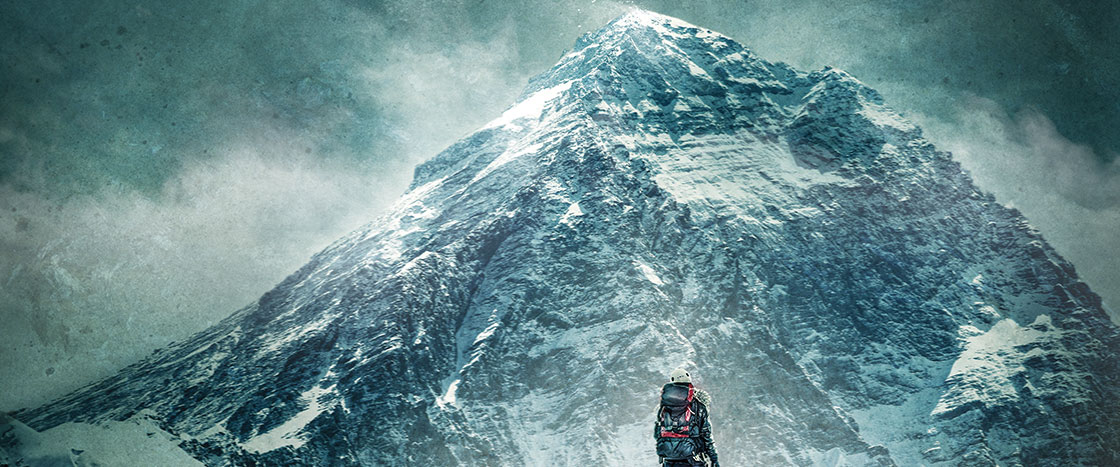Poorna in Kathmandu, Nepal, 2014
PRAKASH MATHEMA/AFP/Getty Images
Thirteen-year-old Poorna Malavath was climbing to the top of the world: Mount Everest. Everest is the tallest mountain on Earth—it towers more than 29,000 feet into the sky. If Poorna made it, she would be the youngest girl ever to reach the top.
But first, she would have to make it through the Death Zone.
The Death Zone begins at 26,000 feet. No human can live long at that height. The air is so thin, there isn’t enough oxygen to breathe. The brain gets foggy. The body starts to slowly die.
On May 24, 2014, Poorna began her trek through a part of the mountain known as the Death Zone. Her muscles ached. She felt dizzy. Every step was a struggle.
Poorna wanted to stop and rest. But on Everest, stopping can mean the difference between living and dying.
“Keep going,” she told herself. “Just keep going.”
Thirteen-year-old Poorna Malavath was on her way to the top of the world. Poorna was climbing Mount Everest, the tallest mountain on Earth. Everest towers more than 29,000 feet into the sky. If Poorna made it, she would be the youngest girl ever to reach the top.
But first, she had to make it through the most dangerous part of the mountain. It’s known the Death Zone.
The Death Zone begins at 26,000 feet high. No human can live long at that height. The air is too thin to breathe. The body starts to slowly die.
On May 24, 2014, Poorna began her trek through the Death Zone. Her muscles hurt. She felt dizzy. Every step was a struggle.
Poorna wanted to stop and rest. But on Everest, stopping can mean death.
“Keep going,” she told herself. “Just keep going.”

